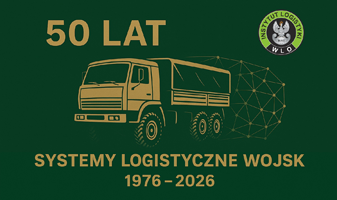REVIEW PAPER
Universal design in transport
1
Automotive Services Center for Disabled People, Motor Transport Institute, Poland
2
Faculty of Transport, Warsaw University of Technology, Poland
These authors had equal contribution to this work
A - Research concept and design; B - Collection and/or assembly of data; C - Data analysis and interpretation; D - Writing the article; E - Critical revision of the article; F - Final approval of article
Submission date: 2023-11-19
Acceptance date: 2023-12-28
Publication date: 2023-12-31
Corresponding author
Beata Stasiak-Cieślak
Automotive Services Center for Disabled People, Motor Transport Institute, Jagiellońska, 03-301, Warsaw, Polska
Automotive Services Center for Disabled People, Motor Transport Institute, Jagiellońska, 03-301, Warsaw, Polska
SLW 2023;59(2):247-262
KEYWORDS
TOPICS
ABSTRACT
The article presented development directions in product, devices and service design related to ensuring broader accessibility for all users, with a particular focus on transportation. In this aspect, the requirements recorded in both national and international legal acts related to accessibility, including accessibility in transport, were reviewed. Compliance the analyzed regulations requires a human-centric approach to the design of means of transport, which in turn increases the likelihood of their wider use by people with various mobility needs.. However, this necessitates the designer's knowledge of the needs and limitations of end users. Special attention was paid to the concept of Universal Design (UD), based on the 7 principles formulated by Ronald Mace. Examples of technical solutions from the field of transportation innovation based on the principles of Universal Design were presented. The application of such an approach was also demonstrated in individual transportation – a vehicle accessible to drivers with limited lower limb mobility. In the summary, the authors emphasize that the devices available on the market are designed with wide customization possibilities in mind, without the need for extensive modifications. Therefore, most of these devices can be used by a wide range of people with disabilities, consistent with UD principles.
Share
RELATED ARTICLE
We process personal data collected when visiting the website. The function of obtaining information about users and their behavior is carried out by voluntarily entered information in forms and saving cookies in end devices. Data, including cookies, are used to provide services, improve the user experience and to analyze the traffic in accordance with the Privacy policy. Data are also collected and processed by Google Analytics tool (more).
You can change cookies settings in your browser. Restricted use of cookies in the browser configuration may affect some functionalities of the website.
You can change cookies settings in your browser. Restricted use of cookies in the browser configuration may affect some functionalities of the website.


